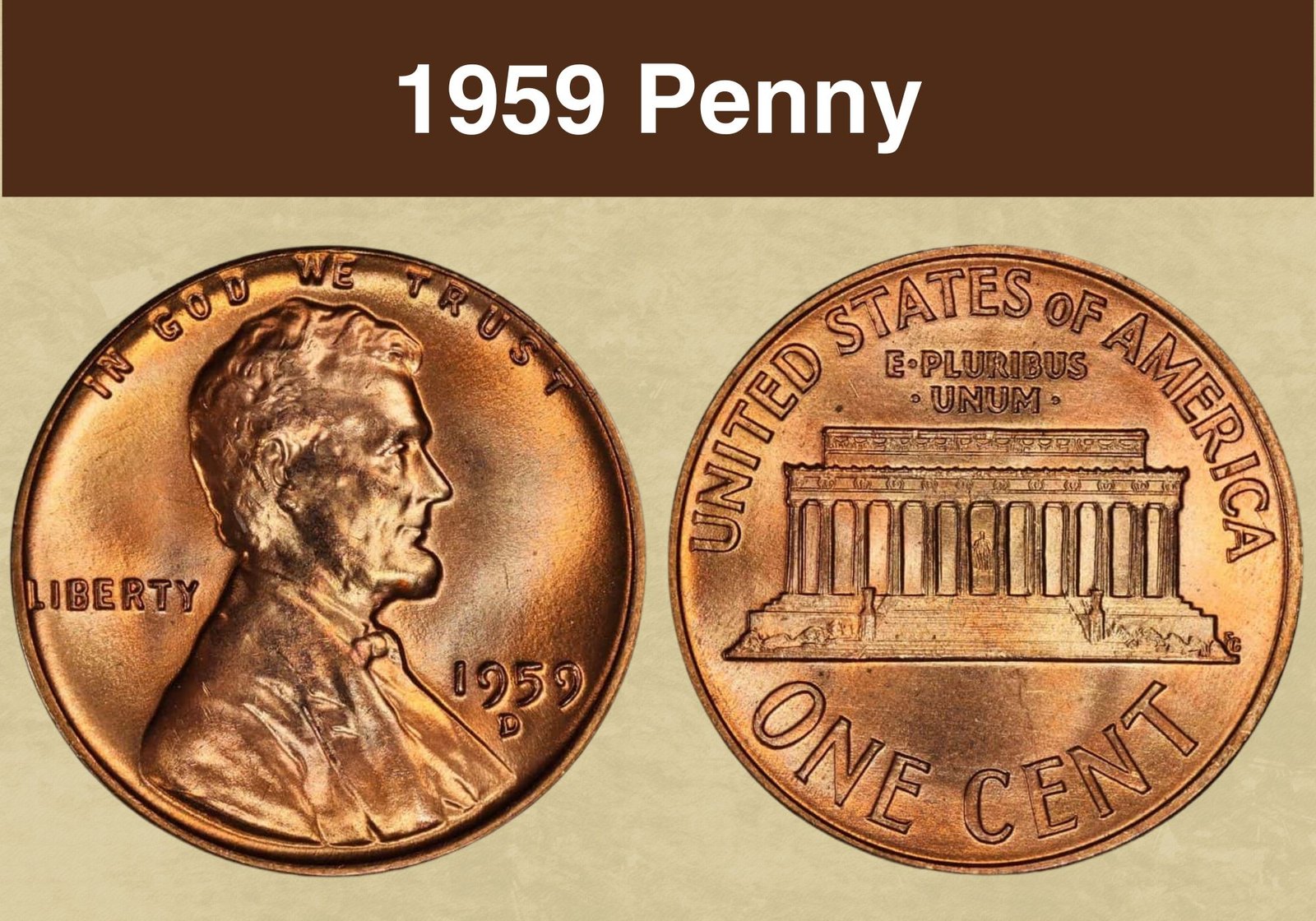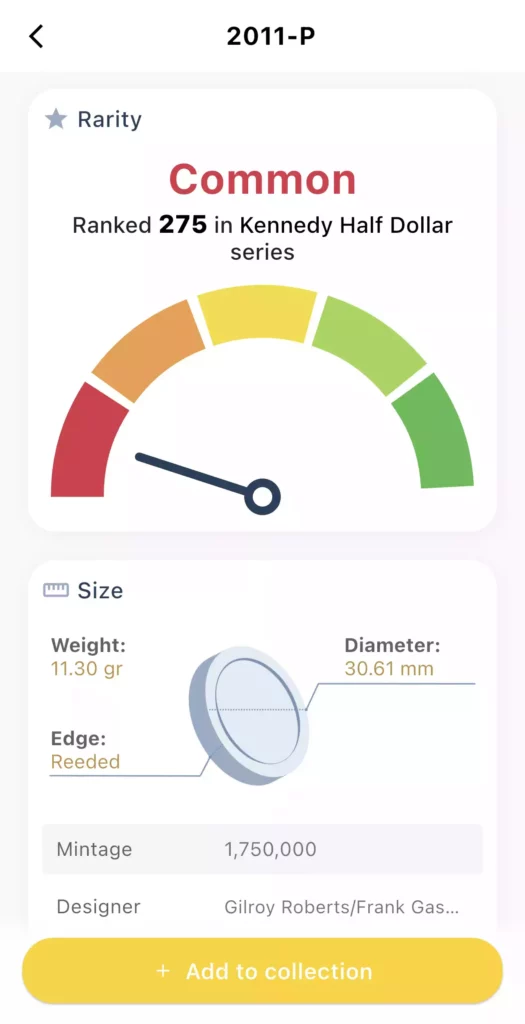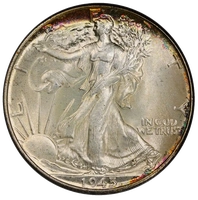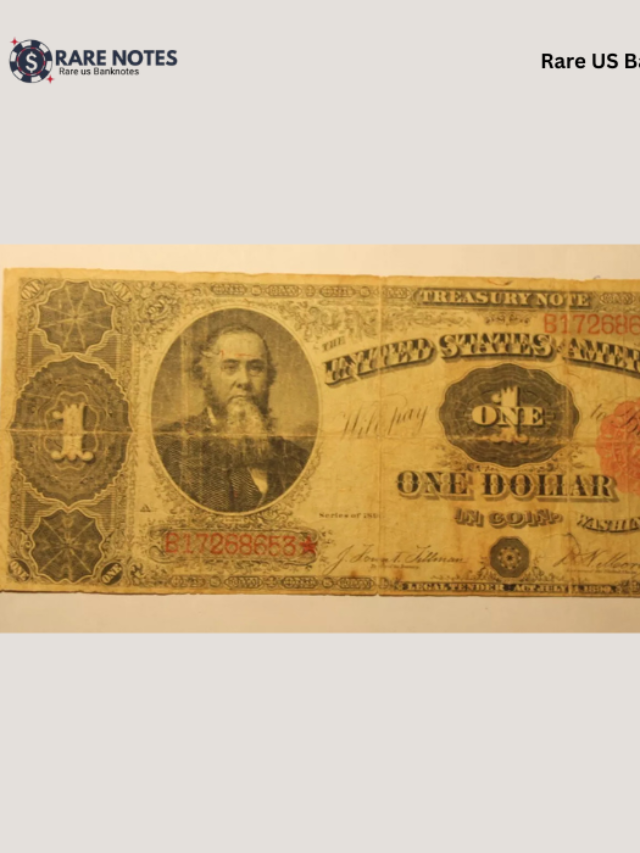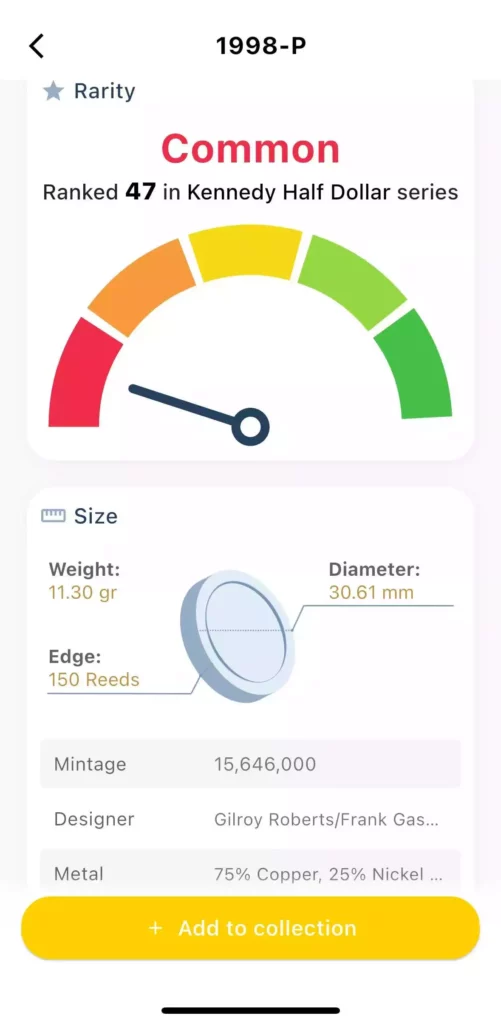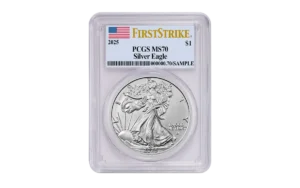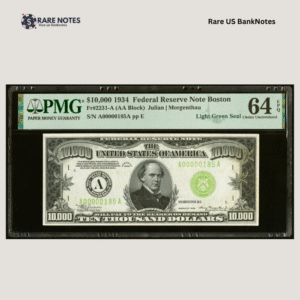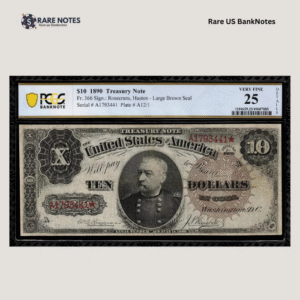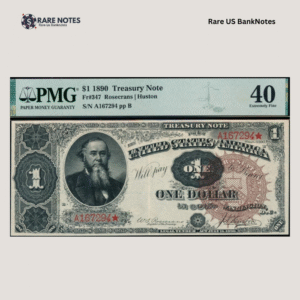The penny gets no respect. It’s the Rodney Dangerfield of American coins—kicked into “take a penny” trays, lost in couch cushions, and dismissed as worthless. But here’s the thing: Since 1959, the humble Lincoln cent has witnessed more drama, controversy, and flat-out weirdness than any other U.S. coin.
We’re talking about doubled dies that turned pocket change into mortgage payments. Composition changes that sparked congressional hearings. Secret mintmarks that sent millions of Americans digging through their change jars like possessed treasure hunters.
For 66 years, the modern Lincoln penny has been America’s underdog—constantly threatened with extinction, yet somehow surviving every attempt to kill it off. These aren’t just coins; they’re copper-coated chronicles of American history, from the Space Race to TikTok.
Ready to discover which pennies made history and which ones might make you rich? Let’s count down the ten years when America’s most common coin became anything but common…
1. 1959 – The Memorial Makes Its Debut
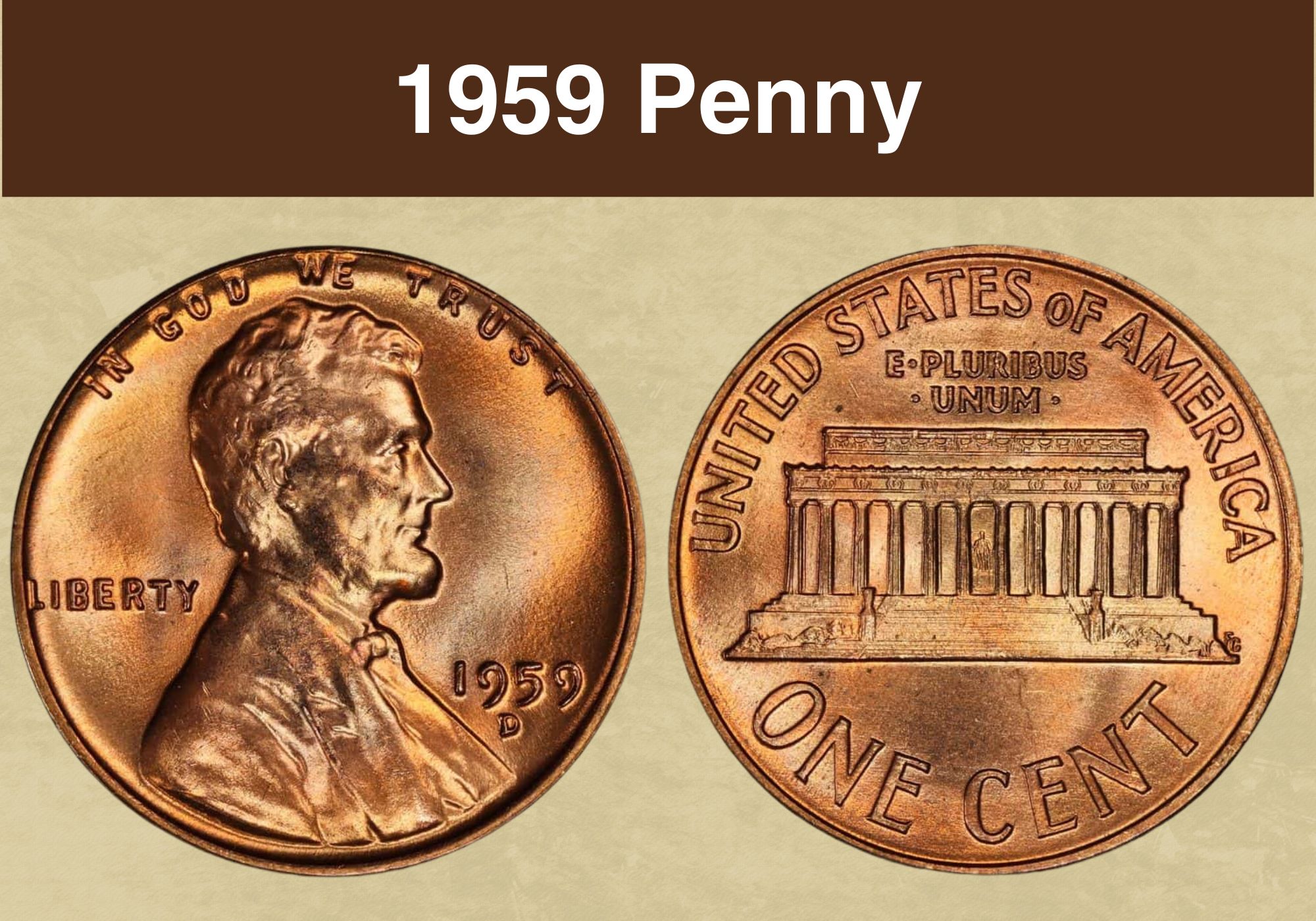
Goodbye wheat stalks, hello Lincoln Memorial! After 50 years of staring at wheat ears, Americans woke up to find a building on their pennies. The timing? Perfect—1959 marked Lincoln’s 150th birthday bash.
Frank Gasparro, a Mint engraver who’d never designed a circulating coin before, got the gig. His Memorial design beat out 22 other proposals, including one featuring Lincoln’s log cabin birthplace. The Committee picked the Memorial because it represented Lincoln’s “lasting legacy.” Deep stuff for a one-cent piece.
But here’s the plot twist: Collectors went INSANE trying to hoard both versions. People literally fought over wheat penny rolls at banks, convinced they’d vanish forever. Some genius dealers marketed “Last Wheat/First Memorial” sets for ten times face value.
The 1959 penny proved Americans hate change—even when it’s just changing their change. The Mint cranked out over 1.2 billion pieces, yet people still treated them like rare treasures. Banks reported customers specifically requesting “the new pennies with the building.”
Reality check: Those hoarded 1959 pennies? Still worth one cent today. But they launched the modern era of Lincoln cents and proved that even America’s lowliest coin could make headlines.
2. 1969-S – The Doubled Die That Broke the Internet (Before the Internet)
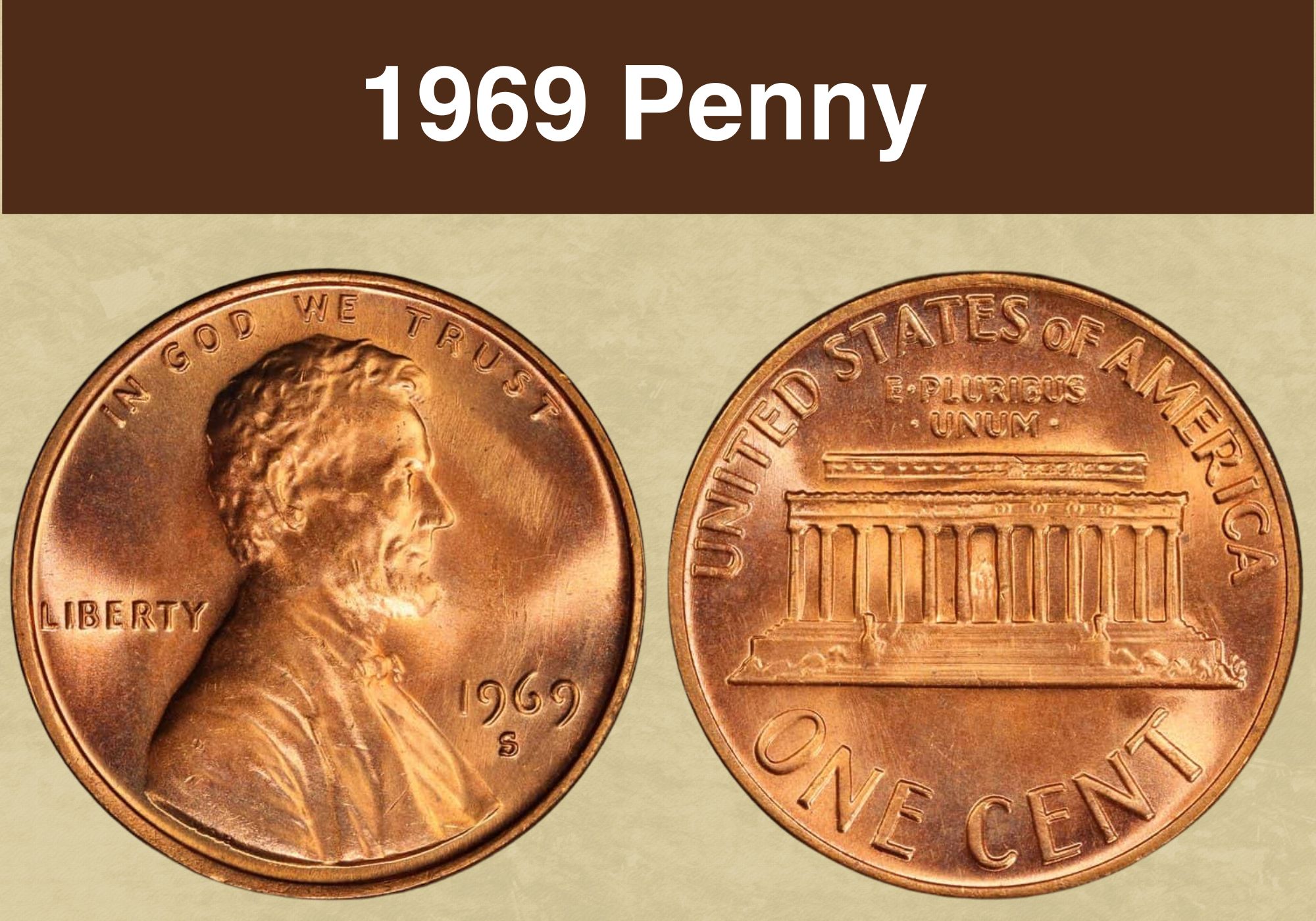
Holy mother of mint errors! The 1969-S doubled die penny hit collectors like a lightning bolt. We’re talking about doubling so dramatic you could spot it without a magnifying glass—like Lincoln had double vision after a rough night.
Check this out: “IN GOD WE TRUST” looked like it was stuttering. “LIBERTY” appeared to be vibrating. The date seemed drunk. This wasn’t some subtle variety only experts could see—your grandma could spot this thing from across the room.
The numbers? Brutal. Maybe 1,000 examples escaped the San Francisco Mint before quality control woke up. In 1969, sharp-eyed collectors could pull these from circulation for ONE CENT. Today? A decent example runs $35,000. The record? $126,500 for a pristine specimen.
Here’s the kicker: The Mint knew about them but decided destroying them would cost more than letting them escape. Some bureaucrat basically said, “Eh, it’s just pennies.” That decision created the most famous error in modern coinage.
The 1969-S doubled die didn’t just make collectors rich—it launched the modern error coin hunting craze. Suddenly, everyone was examining their change with jeweler’s loupes. Hardware stores couldn’t keep magnifying glasses in stock. The penny had become a lottery ticket.
3. 1972 – Lightning Strikes Twice
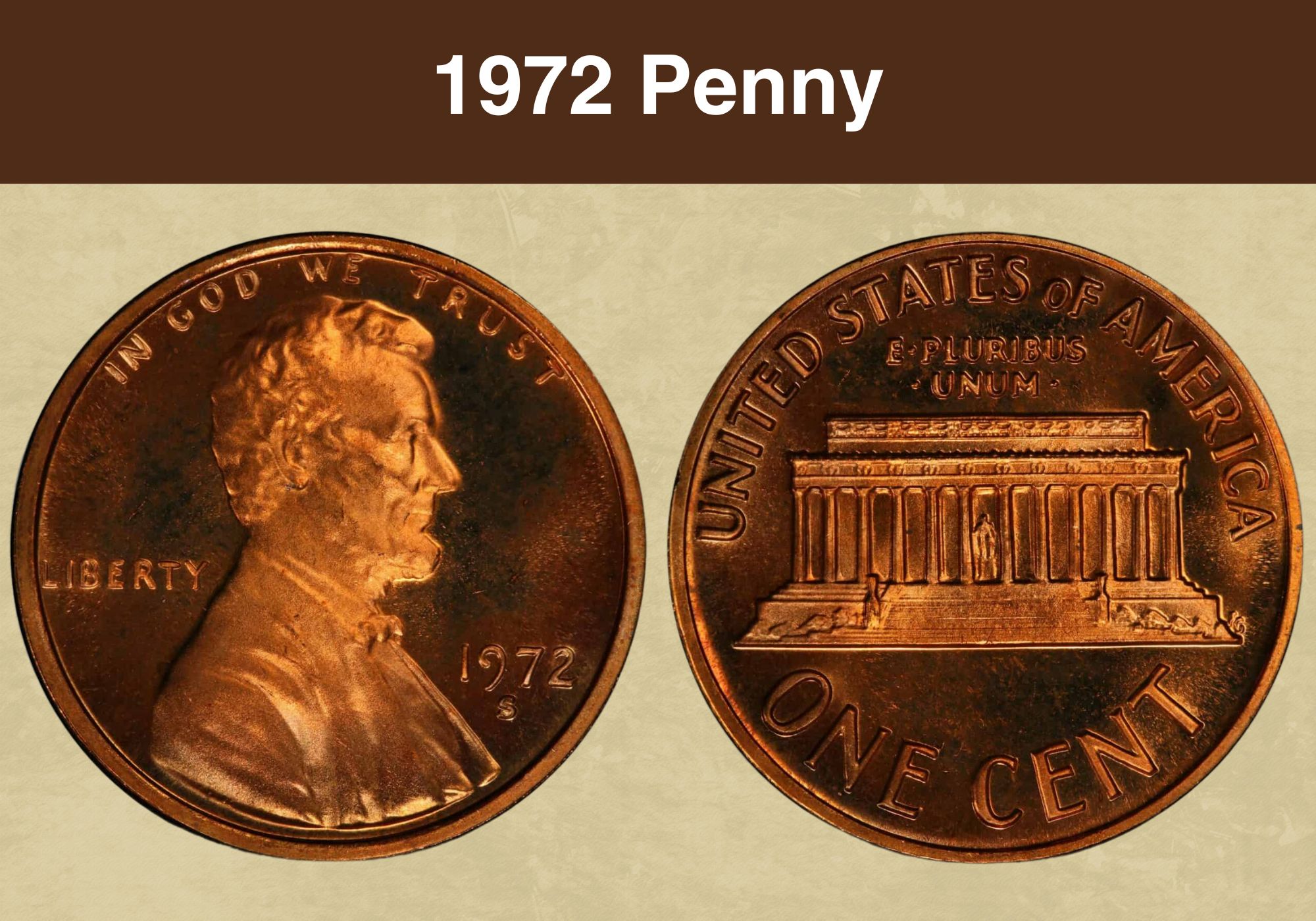
You’d think after the 1969-S fiasco, the Mint would triple-check everything. NOPE. Philadelphia’s turn to screw up, and boy, did they deliver. The 1972 doubled die made its predecessor look subtle.
Picture this: The doubling was so extreme that Lincoln looked like he was seeing double. “LIBERTY” practically jumped off the coin. The motto “IN GOD WE TRUST” appeared to have an echo. One collector described it as “Lincoln getting slapped and seeing stars.”
But here’s where it gets weird: These errors mostly showed up in vending machine change. Seriously. The first major discovery came from a cigarette machine at a Veterans Hospital. Within weeks, the entire East Coast was checking every penny from every vending machine.
The survival rate? Pathetic. Most got spent before anyone noticed. Experts estimate maybe 20,000 escaped, but finding one today in decent shape? Good luck. Current values range from $500 for beat-up examples to $1,200 for nice ones.
The 1972 doubled die proved the Mint hadn’t learned its lesson. It also proved that treasure could literally fall out of a candy machine. Not bad for a coin everyone said was worthless.
4. 1982 – The Year of Seven Pennies
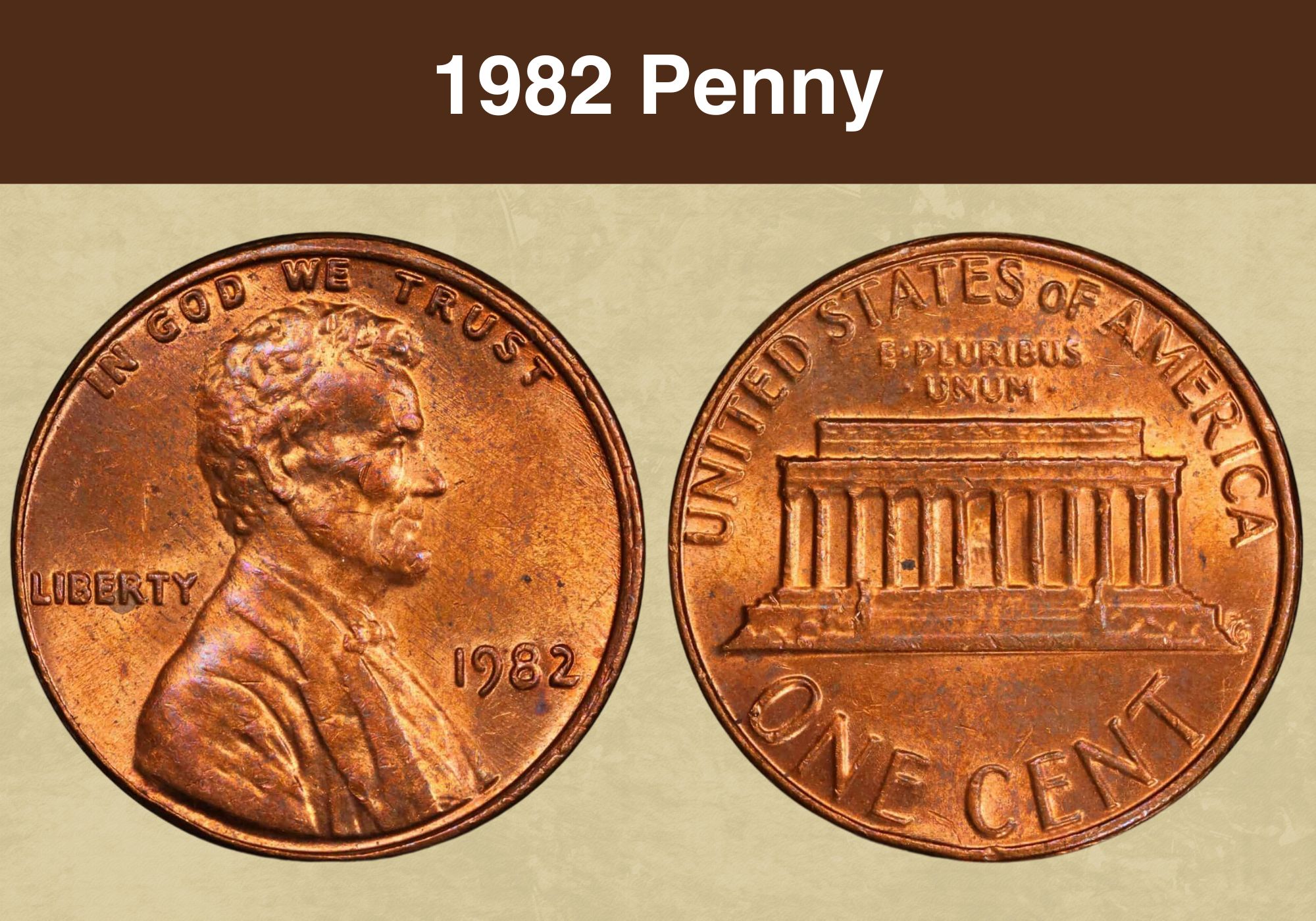
Buckle up for the most chaotic year in penny history. In 1982, the Mint didn’t just make changes—they had a full-blown identity crisis that produced SEVEN different penny varieties. It was like monetary multiple personality disorder.
The drama started with copper prices. At 95% copper, pennies cost more to make than they were worth. Congress freaked. The solution? Switch to zinc with copper plating. Sounds simple? HAH!
The transition was a hot mess. The Mint produced:
- Large date copper (3.1 grams)
- Small date copper
- Large date zinc (2.5 grams)
- Small date zinc
- Plus all the Denver versions
Collectors lost their minds trying to collect them all. People brought pocket scales to banks. The weight difference became a party trick—”Hey, wanna see me weigh pennies?”
But wait, there’s more! Some zinc cents developed “rot”—the zinc core corroded through tiny scratches, creating grotesque bubbling coins. The Mint’s response? “Working as intended.”
The 1982 penny proved that even changing a penny could become a government disaster. Seven varieties, two compositions, one massive headache. And yes, people STILL weigh their 1982 pennies today.
5. 1992 – The “Close AM” Conspiracy
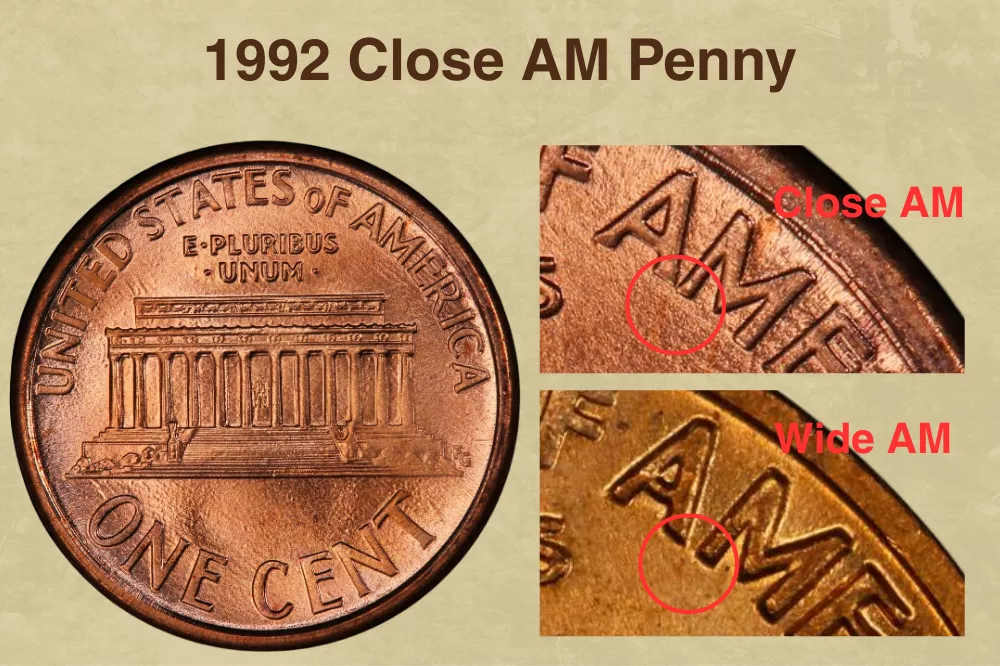
This is where penny collecting got weird. Like, conspiracy-theory-level weird. The 1992 “Close AM” variety shouldn’t exist, but it does, and nobody knows why.
Here’s the deal: On normal 1992 pennies, there’s a wide space between the A and M in AMERICA. But some 1992 pennies have the A and M practically touching—a design feature that wasn’t supposed to appear until 1993.
The discovery? Pure accident. A sharp-eyed collector in 1999 noticed something “off” about a penny in his change. Seven years after minting, the numismatic world exploded. Forums went crazy. Theories flew like pennies at a wishing well.
Leading theory? Someone at the Mint accidentally used a 1993 proof die on 1992 business strikes. Oops. The Mint’s response? Cricket sounds. They’ve never acknowledged these exist.
Finding one? Like winning the penny lottery. Maybe a few thousand exist among the 9 BILLION 1992 pennies. Current value? $3,000 to $25,000 depending on condition.
The 1992 Close AM proved that even in the ’90s, mysteries could hide in plain sight. It also proved that staring at pennies for hours could actually pay off.
6. 1995 – The Doubled Die Returns (With a Vengeance)
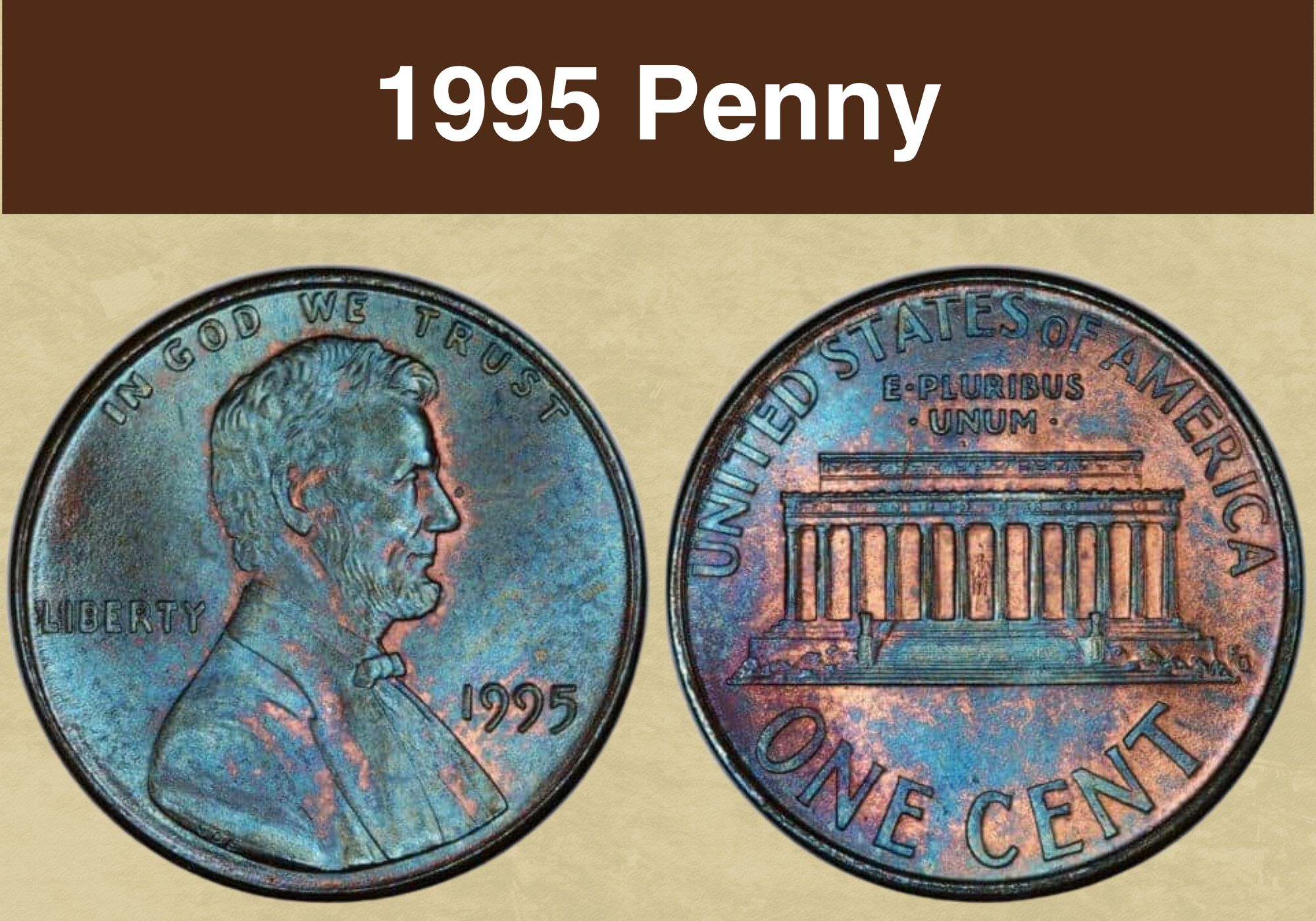
Just when collectors thought doubled dies were extinct, 1995 said “Hold my beer.” This wasn’t just any doubled die—this was the comeback tour nobody expected.
The doubling on these bad boys was IN YOUR FACE obvious. “LIBERTY” and “IN GOD WE TRUST” showed separation you could drive a truck through. Unlike the subtle varieties that required microscopes, your half-blind uncle could spot these.
Discovery story? Classic. A Pennsylvania collector bought a roll of pennies and thought his eyes were playing tricks. Turned out the entire roll was doubled. He quietly bought every 1995 penny roll in town before word got out.
Then came the Gold Rush of ’95. Banks were mobbed. People sorted through pounds of pennies like possessed prospectors. Coin shops had lines around the block. One dealer reported processing 50,000 pennies in a single day.
The survival estimate? Maybe 500,000 escaped. Sounds like a lot until you realize the Philly Mint struck 6.4 BILLION regular pennies that year. Today’s values range from $20 to $50—not retirement money, but not bad for one cent.
The 1995 doubled die proved errors weren’t dead, just dormant. It rekindled the treasure hunting spirit and reminded everyone that pocket change could still surprise.
7. 2009 – Lincoln’s Life Story in Four Acts
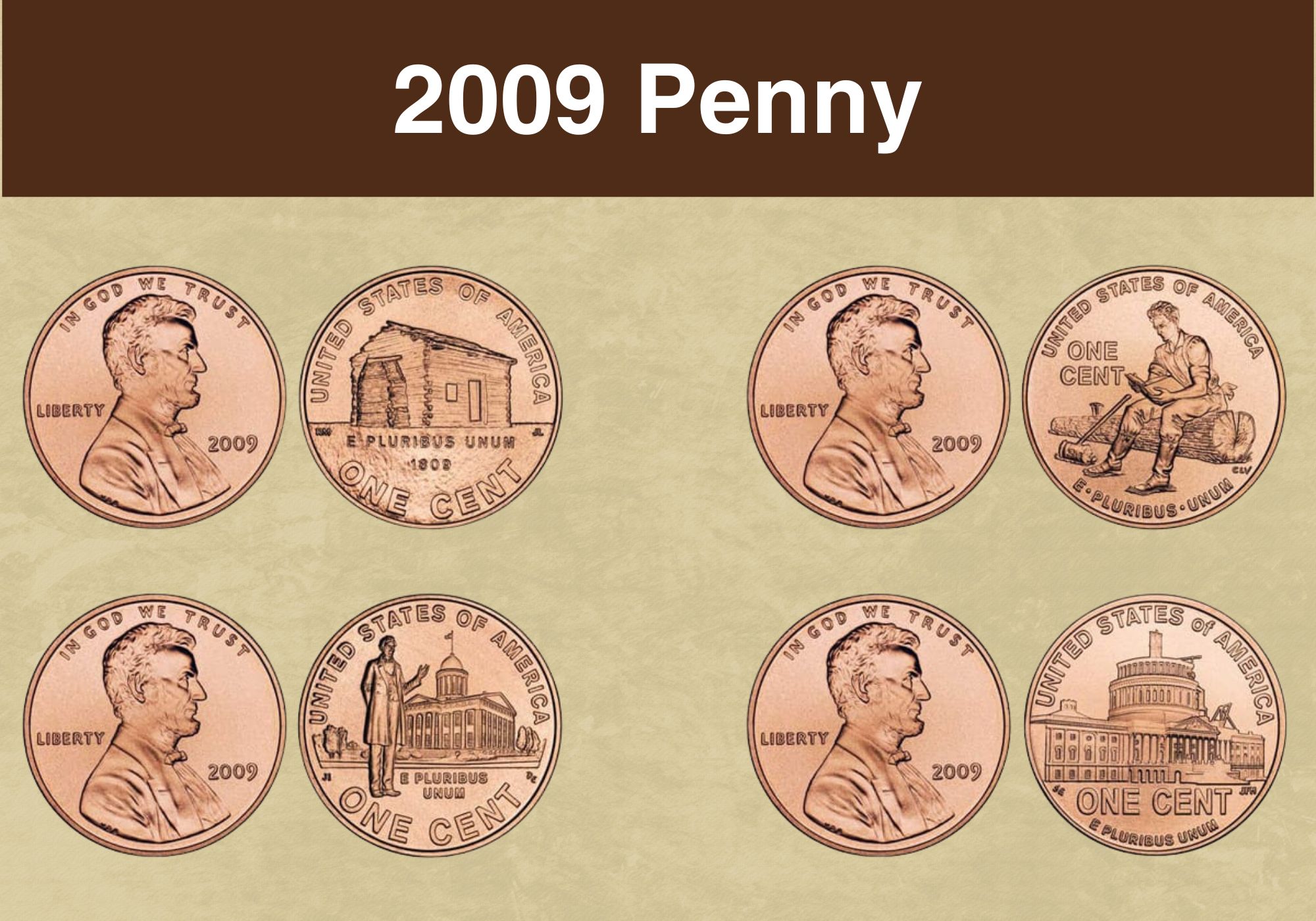
Cancel everything—2009 was the Super Bowl of penny years. For Lincoln’s 200th birthday, the Mint went absolutely bonkers and created FOUR different reverse designs. After 50 years of the same Memorial back, this was like Christmas morning for collectors.
The four designs told Lincoln’s life story:
- Birth and childhood (log cabin)
- Formative years (young Abe reading)
- Professional life (Illinois statehouse)
- Presidency (half-finished Capitol dome)
But here’s where it got REALLY wild: These weren’t just designs—they were miniature masterpieces. The log cabin had actual texture. Young Abe’s book had readable details. The Capitol dome showed individual stones.
Collectors went feral. Banks couldn’t keep them in stock. People hoarded rolls like doomsday preppers. The Mint struck 2.4 billion pieces, but good luck finding them in circulation—they vanished faster than free pizza.
The real kicker? Each design was only minted for three months. Miss your window? Too bad. Some varieties, especially from San Francisco, became instant collectibles.
2009 proved the penny could still innovate. It also proved Americans would hoard ANYTHING with Lincoln’s face on it. Four designs, one year, infinite chaos.
8. 2010 – The Shield of Change
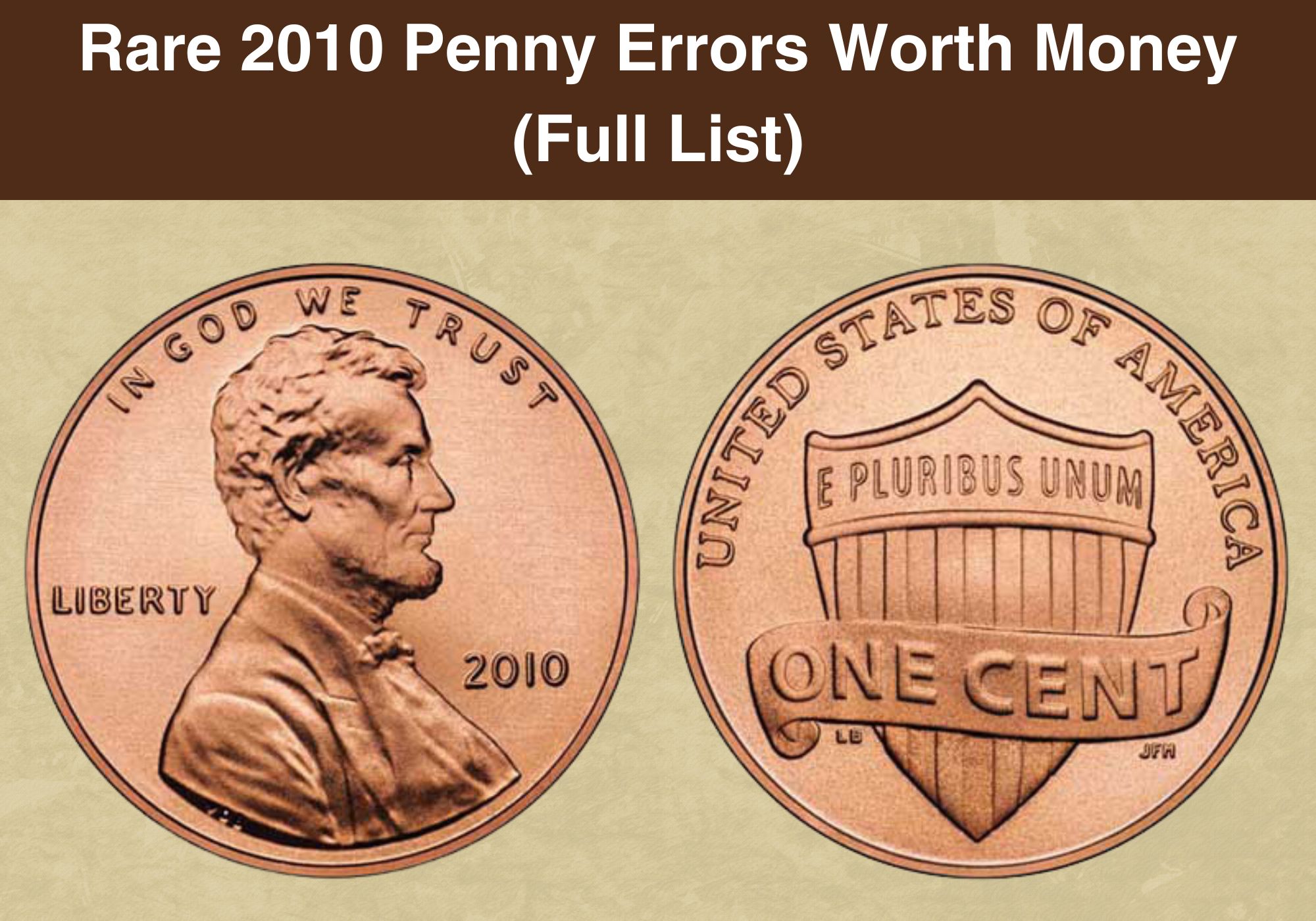
After the 2009 circus ended, everyone expected a return to the Memorial. PSYCHE! The Mint dropped a bomb: New permanent design featuring the Union Shield. The penny world collectively gasped.
The shield design was… controversial. Designer Lyndall Bass created 13 vertical stripes representing the original states, united by a single horizontal bar. Deep symbolism or ugly design? The debate raged.
Collectors HATED it. “Looks like a trash can lid!” one forum poster screamed. “My kid could design better!” another raged. Petitions demanded the Memorial’s return. Congress received actual letters about penny aesthetics.
But here’s the thing: The shield grew on people. The design’s clean lines worked better for striking. Details stayed crisp longer. Even haters admitted it looked sharp in uncirculated condition.
The real drama? Finding the first ones. Despite striking 3.9 billion in 2010, shield pennies took months to show up in change. Conspiracy theories bloomed. Were banks hoarding them? Was the government hiding them?
The 2010 shield penny proved that after 51 years, America wasn’t ready for change—even tiny change. But like it or not, the shield was here to stay.
9. 2017 – The “P” That Made History
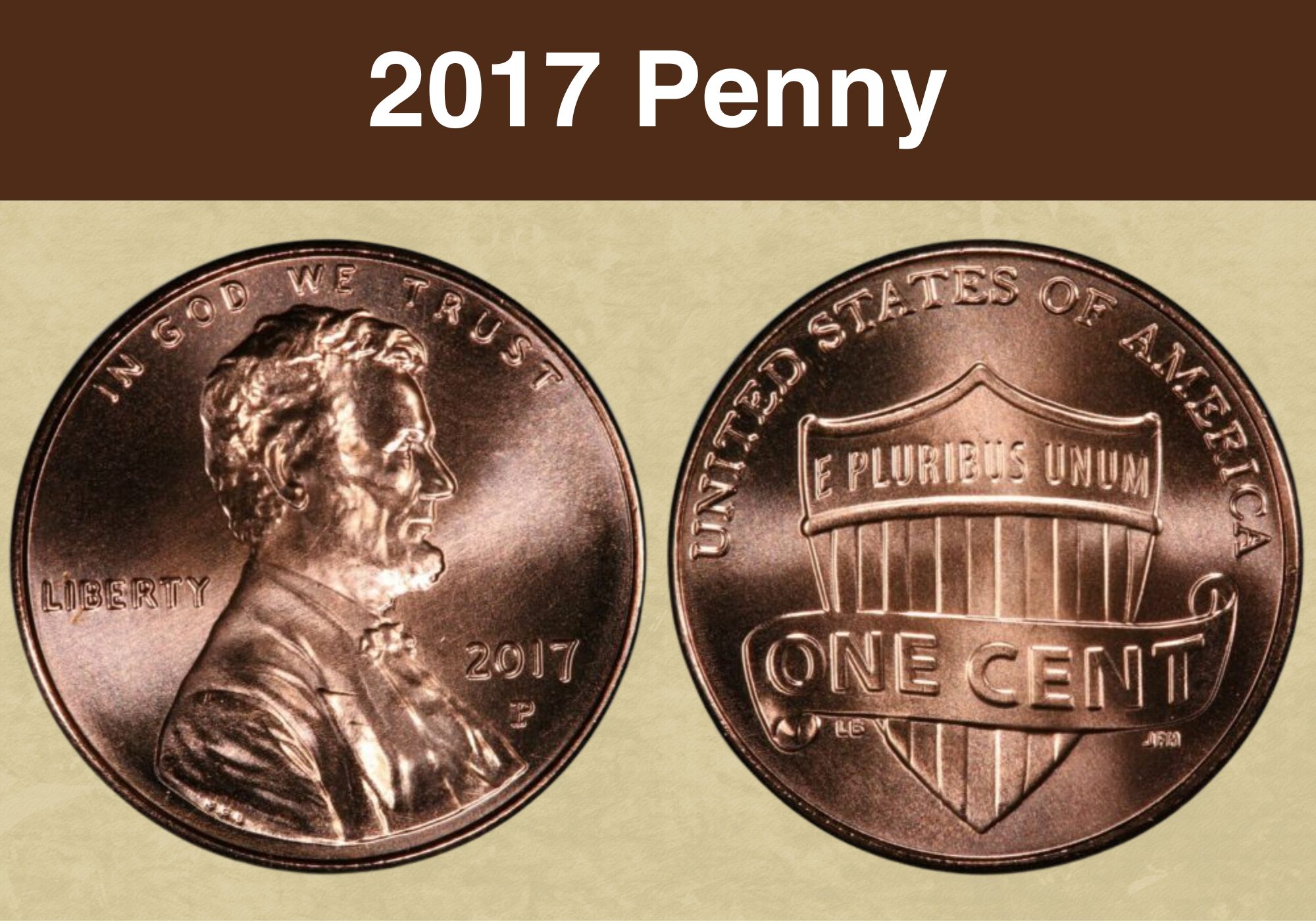
For 225 years, Philadelphia pennies carried no mintmark. It was tradition. It was sacred. It was… over. The 2017-P penny dropped like a bombshell.
The announcement came quietly: To celebrate the Mint’s 225th anniversary, Philly would add “P” mintmarks to all coins. Penny collectors lost their collective minds. Forums exploded. This was like the Yankees adding names to their jerseys.
“It’s not special if EVERY penny has a mintmark!” purists cried. But others saw opportunity. The first-ever P-marked pennies? Historic. Dealers pre-sold rolls for 10x face value.
Release day was pandemonium. Banks reported people asking specifically for “new 2017 pennies.” The Mint struck 3.9 billion, but collectors treated them like rare gems. One dealer sold “First Day of Issue” 2017-P pennies for $20 each. For. One. Cent.
The funny part? Within months, everyone forgot about them. The “P” became normal. Those hoarded rolls? Still worth… one cent each.
The 2017-P proved that collectors will chase ANYTHING new. It also ended two centuries of tradition with all the drama of a penny—which is to say, not much.
10. 2019 – The West Point Miracle
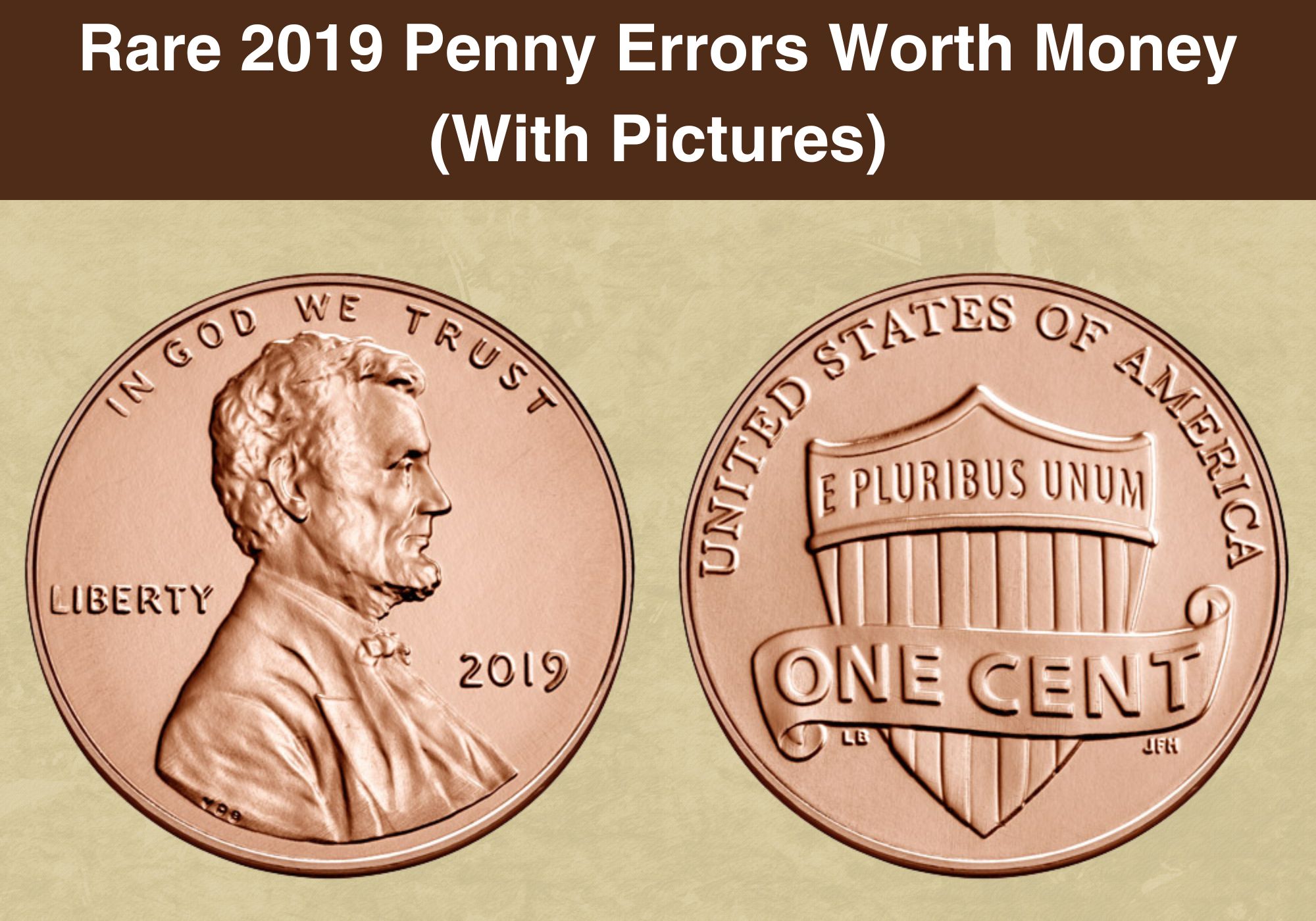
Hold onto your hats—this is the weirdest chapter yet. In 2019, the West Point Mint secretly struck pennies. With a “W” mintmark. Mixed into regular circulation. No announcement. No fanfare. Just BAM—treasure hunt activated.
The backstory: The Mint wanted to jumpstart coin collecting among young people. Their solution? Hide 10 million W-marked pennies among the 7.4 BILLION regular ones. It was like Willy Wonka’s golden tickets, but copper.
When news broke, America went INSANE. #WPennyHunt trended on social media. Kids made TikToks about checking change. Grandparents enlisted grandkids as penny scouts. Banks reported people exchanging hundreds of dollars for penny rolls.
Finding one? Pure luck. No special distribution—just random chance. One kid found three in a single roll. Another guy searched 100,000 pennies and found zero. The odds? About 1 in 740.
Values skyrocketed immediately. Raw examples sold for $25. Graded ones hit $100+. For a 2019 penny. That’s a 10,000% return on one cent.
The 2019-W proved the Mint could still surprise us. It also proved that in the age of digital payments, millions of Americans would still hunt through pocket change for treasure.
Summary
From the Memorial’s debut to West Point’s surprise party, these ten years prove the penny isn’t just surviving—it’s thriving on chaos. Each historic year added another chapter to the cent’s unlikely saga.
These dates transformed the most common coin into uncommon treasures. They turned pocket change into lottery tickets, mint errors into mortgage payments, and variety hunting into a national obsession. Who knew one cent could cause so much drama?
The modern Lincoln penny survived composition changes, design overhauls, and countless death threats from Congress. It outlasted the phone booth, the VHS tape, and common sense. Against all odds, it remains in your pocket, ready to surprise.
So next time someone says pennies are worthless, remind them about the 1969-S that sold for six figures. The 1992 Close AM hiding in plain sight. The 2019-W mixed into everyday change. These aren’t just coins—they’re copper-coated possibilities.
The Lincoln penny’s modern era proves one thing: In a world of digital transactions and tap-to-pay, America’s most analog currency refuses to disappear. And thank goodness for that—because without the penny, we’d miss all the fun.
Some coins make you rich. Others make history. The Lincoln penny? It does both for just one cent.
The post 10 Most Historic Years of Modern Lincoln Penny (1959-2025) appeared first on CoinValueChecker.


